A bird-banding research project hosted at the Environmental Learning Center led by Kristen Ruegg, professor of biology and ornithologist at Colorado State University allows for both research and teaching for CSU students, as well as opportunities for citizen science for everyday visitors.
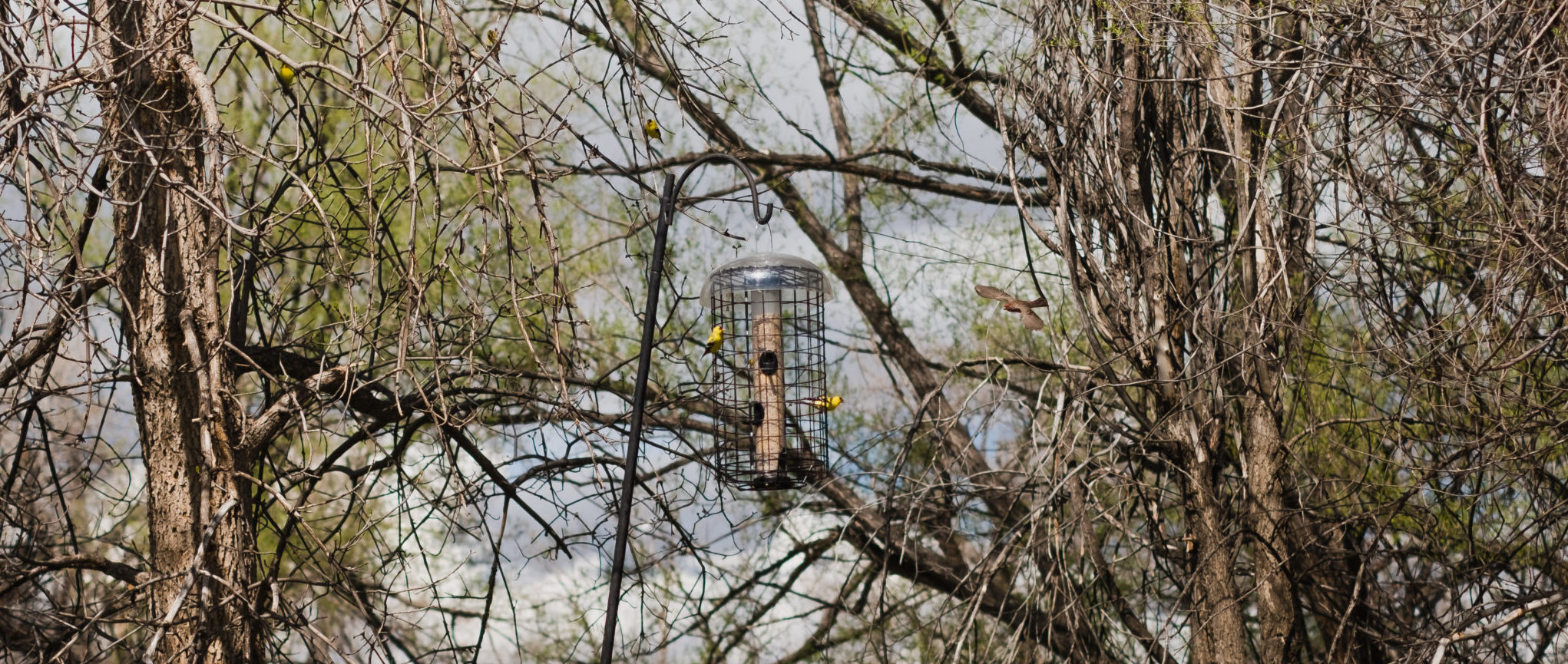
In 2020, Ruegg received a five-year National Science Foundation CAREER award of $1.18 million to continue her lab’s research into migratory birds. A component of the grant required local-level engagement within the community. Ruegg said she pictured the ELC as an ideal place to set up equipment for bird feeders for research, teaching and outreach after working with ELC Program Director Kristen Wilkinson.
“I thought working with Kristen and the Environmental Learning Center would be a great way to have engagement with local community and to engage with my CSU undergraduates in a good location for wildlife.”
Ruegg and her lab assistant, Ph.D. student Marina Rodriguez, worked with ELC program director Kristen Wilkinson to place bird feeders strategically throughout the ELC grounds in locations where visitors and students could easily watch the birds.
Undergrads and the FeederWatch program
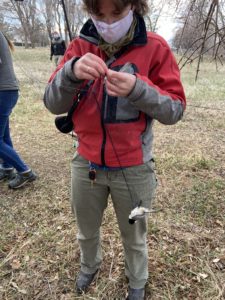
For Ruegg’s undergraduate ornithology students, the feeders are intended to draw local birds near to provide students with practice with bird identification. During one week of the semester, the students report their findings to Cornell University’s Project FeederWatch, an extension of the Cornell University Lab of Ornithology.
Started in 2016, Project FeederWatch allows people to track what is happening to birds in their local community and contribute to a continental dataset of bird distribution and abundance. The data gathered is also available to all contributors to use and analyze. Through her efforts at the ELC, Ruegg and her students will review the data collected for years to come, she said.
“My plan with the ornithology class is that we will look at how patterns of bird diversity have or have not changed over time using our own FeederWatch data over the years to do that. It will come full circle over time.”
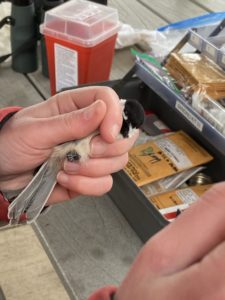
The feeders also provide a platform for research projects involving undergraduates lead by graduate student, Marina Rodriguez. At the feeders, birds are captured via a “mist net,” a mesh net suspended between two poles. The birds are then banded for identification and samples of feathers or blood are taken for genetic analysis in Ruegg’s lab on main campus. Rodriguez said she was enthusiastic to recently work with a student who hadn’t handled birds before as it was an inspiring first-time experience for her.
“The first time I held a bird in my hand, not to sound dramatic, changed my life. It just opened my eyes to how cool birds are,” Rodriguez said. “Being able to train others at the feeders is going to be great experience for them.”
As ELC program director, Wilkinson said she felt the partnership between the center and researchers created a strong link between the University and the Fort Collins community.
“We’re excited for the ELC to be a place where CSU researchers can collect field data and advance our knowledge around the flora and fauna of Colorado,” she said. “It’s also important that we share resources and knowledge gained with the public.”
Citizen Science for Girl Scouts troops and everyday visitors
The bird feeders, donated by the company Wild Birds Unlimited, will not only aid in teaching and research for Ruegg and her students but will also provide an opportunity for the Girl Scout Troop who will be performing citizen science projects using the feeders.
“This is an experiential opportunity for the Girl Scouts, but also for people who just come and visit,” Wilkinson said.
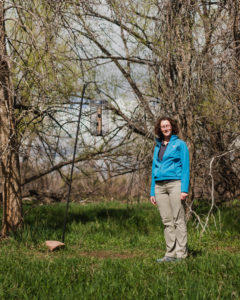
Girl Scout Troop 74455 in Fort Collins have been long-time visitors of the ELC and many of the scouts are old enough to participate in community service and citizen science projects, Wilkinson said.
In particular, two feeders placed intentionally near the ELC entrance are intended to be used for citizen science. Using the entrance-area bird feeders, the troop and visitors can download and use an app called eBird to record bird sightings and look at related wildlife-sighting data from the ELC on the app.
The use of the feeders by the researchers and the visitors alike creates a space within the ELC to appreciate and learn more about nature in Fort Collins, Wilkinson said.
“We provide a haven for lots of different types of species,” Wilkinson said. “We hope people who visit the ELC, and particularly the bird feeders, takeaway an appreciation for the diversity of life that exists in an urban natural area, like the ELC, even though we’re close to the city.
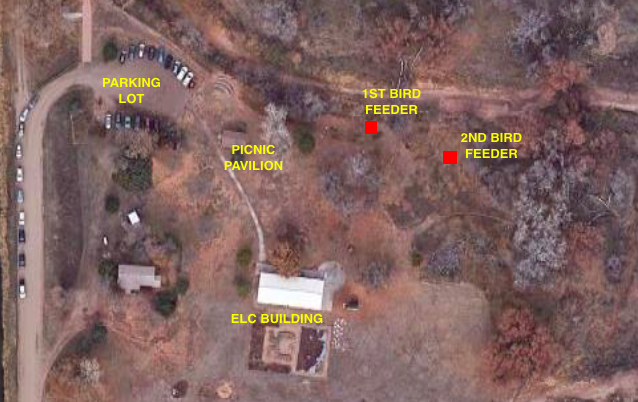
The Colorado State University Environmental Learning Center mission is to inspire and educate people to connect with and become stewards of our natural world. For more information, visit the ELC website.